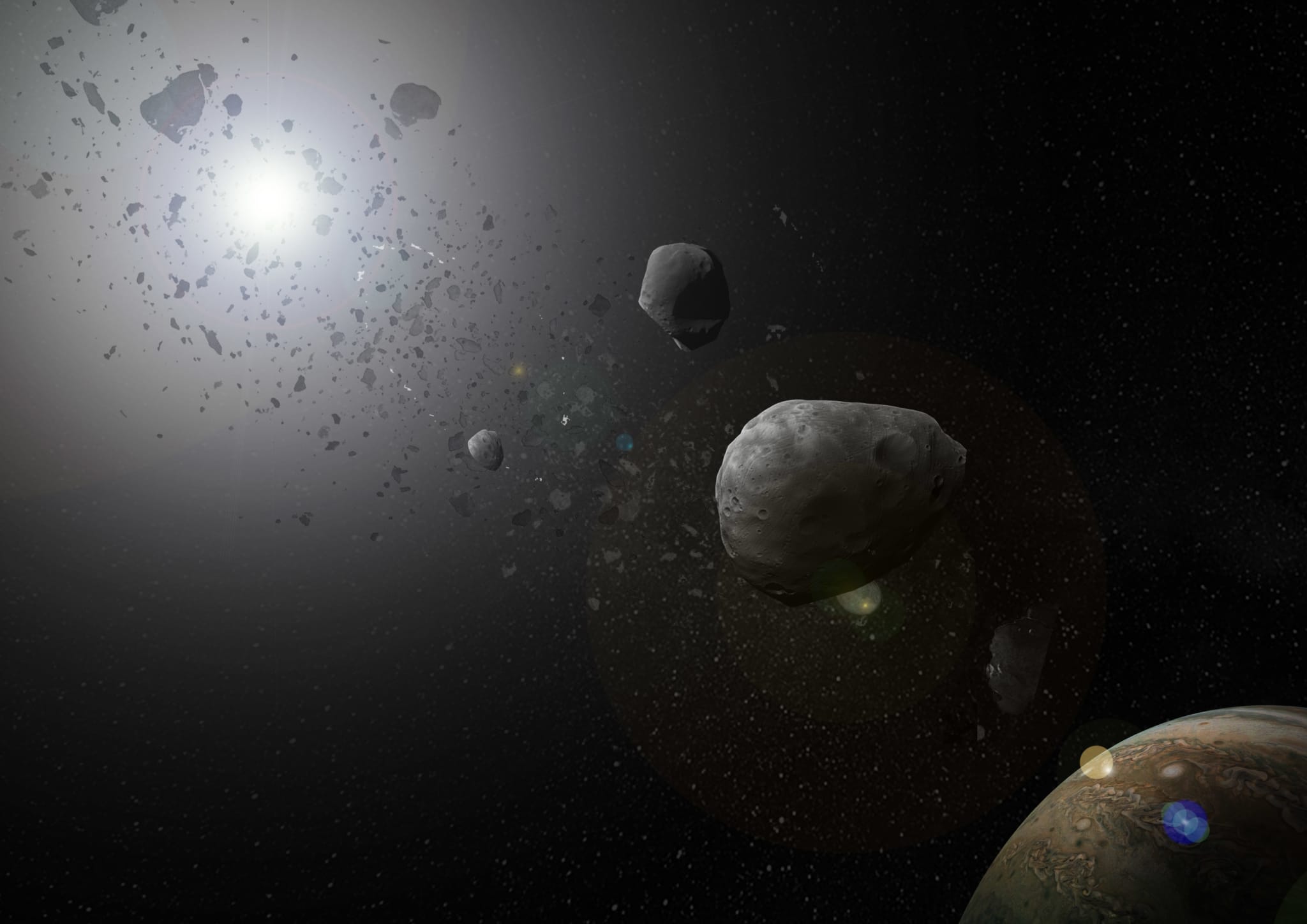The concept of mining the Moon, long considered the stuff of science fiction, is inching closer to reality as recent technological advancements and collaborative efforts among nations have begun to create a framework for potential lunar resource extraction. This exploration into extraterrestrial mining is driven by the desire to obtain valuable resources like helium-3, rare earth metals, and water, all of which could significantly benefit Earth and support future space missions.
The Moon is believed to hold vast reserves of helium-3, a non-radioactive isotope that could serve as a fuel for future nuclear fusion reactors. As global energy demands rise and the finite nature of fossil fuels becomes increasingly evident, interest in alternative energy sources has surged. Helium-3, while rare on Earth, is present in significant quantities on the lunar surface, making it a target for scientists and entrepreneurs looking to secure energy resources well into the future.
In recent years, space agencies and private enterprises have begun to invest in the technologies necessary for mining operations on the Moon. NASA, in partnership with companies such as SpaceX and Blue Origin, is leading the charge with a focus on concentrated lunar missions aimed at determining the feasibility of resource extraction. These organizations are developing state-of-the-art robotics and autonomous systems designed to navigate the Moon’s harsh environment, where they can conduct geological surveys and sample collection with precision.
International partnerships, such as those within the Artemis program, have further strengthened the push for lunar mining initiatives. The collaboration among nations facilitates shared resources, knowledge, and expertise, speeding up the R&D process required to make lunar mining a feasible endeavor. The Artemis program, which aims to return humans to the Moon by the mid-2020s, serves as a launching pad for subsequent projects that could involve mining operations. By employing astronauts and robotic technologies, these missions may collect data essential for identifying viable mining locations, as well as testing mining equipment on lunar terrain.
There are also significant legal and ethical considerations surrounding lunar mining. The Outer Space Treaty of 1967 defines the Moon and other celestial bodies as the province of all mankind, implying that no nation can claim sovereignty over them. As mining efforts progress, the international community must navigate these legal frameworks to ensure that lunar resources are developed in a manner that benefits all, avoiding conflicts that could arise from ownership disputes.
Public and private sector collaboration is seen as crucial in addressing both the technological challenges and regulatory hurdles posed by lunar mining. As startups and established space companies explore this domain, there is growing emphasis on developing a sustainable approach to extraterrestrial resource extraction. Sustainable practices would not only include the responsible harvesting of resources but also the technological approaches to minimize environmental impact on the Moon itself, ensuring that cosmic heritage sites are preserved while paving the way for ongoing exploration.
Moreover, the potential for mining operations on the Moon extends beyond resource extraction. Establishing a lunar economy could create opportunities for thousands of jobs in aerospace engineering, robotics, logistics, and other fields, thereby bolstering both the space industry and terrestrial employment sectors. The ingenuity required to implement lunar mining could boost STEM education and inspire future generations to pursue careers in science, technology, engineering, and mathematics, nurturing a culture of innovation.
Despite these advantages, substantial challenges remain. Financial investment in lunar mining is significant, with estimates suggesting that initial costs could reach billions of dollars. Developing the necessary infrastructure to support mining operations and transportation back to Earth presents additional hurdles. Companies interested in lunar mining must explore various funding avenues, including public-private partnerships, international collaborations, or even crowdfunding efforts to finance their missions.
Furthermore, the technical challenges posed by the Moon’s environment cannot be understated. The harsh lunar climate, coupled with the proximity to solar radiation and micrometeorite activity, requires innovative engineering solutions. Technologies must be developed to ensure the safety and effectiveness of mining operations, which may require extensive R&D and testing.
In conclusion, the prospect of mining the Moon is becoming a tantalizing possibility driven by technological progress and international collaboration. While still in the early stages, initiatives like the Artemis program lay the groundwork for exploratory missions that could revolutionize resource extraction on a global scale. As stakeholders continue to address the legal, ethical, and technical challenges tied to lunar mining, the dream of utilizing the Moon’s resources might one day turn into reality, marking a new chapter in humanity’s exploration of space and its quest for sustainable resource management.
This emerging field invites further public interest and investment, characterizing a future where lunar mining could contribute to energy sustainability on Earth and create new opportunities beyond our planet.


